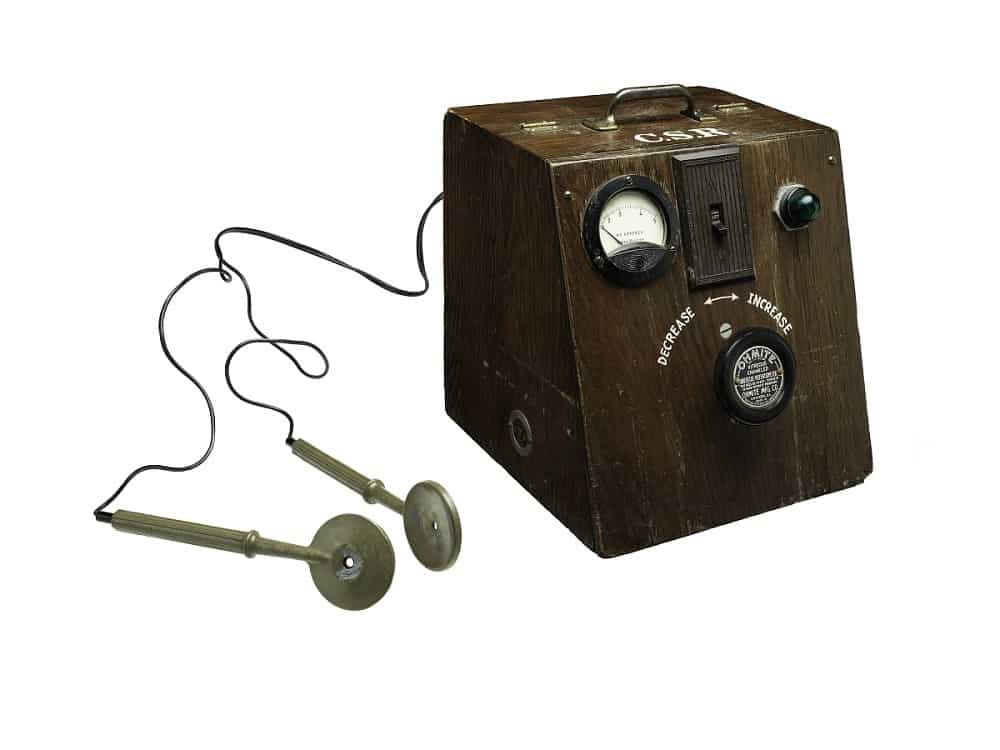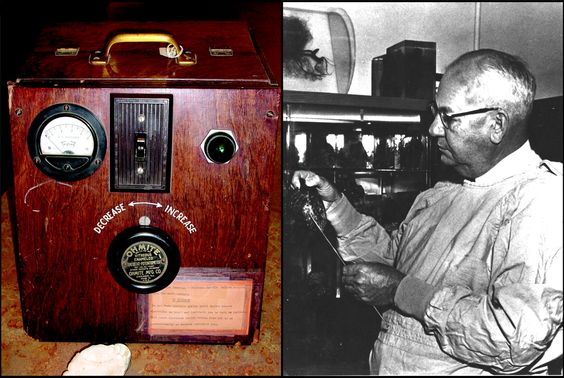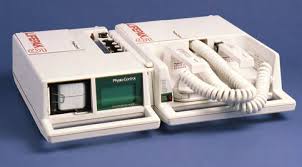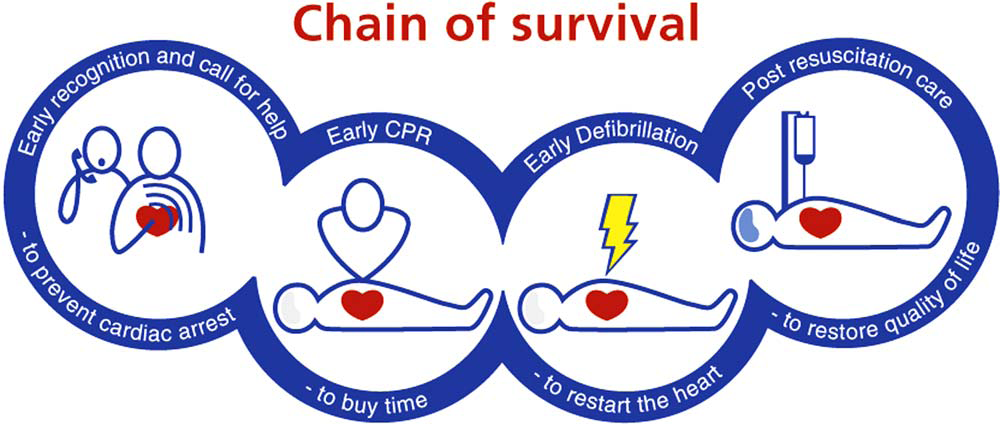In a letter to Robert Hooke in 1675, Isaac Newton made his most famous statement:
“If I have seen further it is by standing on the shoulders of Giants”.
This statement symbolises how scientific achievement builds on and owes much to the pioneering work of others.

The early days of understanding defibrillation
The year was 1775 and a Dutch veterinarian named Peter Abildgaard used electricity to stop and then revive the heart of a chicken, this was proof that electricity could be used to manipulate the heart. This was the beginning of the journey towards our modern AED’s.
Let’s move forward now to the year 1899 when two physiologists by the names of Jean –Louis Prevost and Frederic Batelli from the University of Geneva conducted a series of successful experiments on dogs. Their research was the first in the recognition of ventricular fibrillation as a cause of cardiac arrest.
In the 1940s the Soviets were expanding the knowledge and understanding of what we know as today as the Biphasic waveforms which is instrumental in the delivery of the shock via two separate vectors reducing the defibrillation threshold and improving the patient’s outcome.
The post-world war 2 era
Interestingly the first successful reversion of ventricular fibrillation case conducted on a human was in 1947 in which a 14-year-old boy with a congenital heart disease was reverted by an American cardiac surgeon by the name of Claude Beck. 
Dr Beck connected two electrodes to the young boys open heart and gave 4 shocks at 110 volts; the outcome was a complete success with the teenager’s heart being restored to a completely normal rhythm and he made a full recovery.
The introduction of the first portable defibrillator.
By the time of 1957 came around the very first portable defibrillator was introduced to the world, the only down side of this was the so called machine being called portable was actually not very portable at all, as it weighed a massive 120 kilograms. By 1961 some weight had been shed and the defibrillator was reduced to 45kgs and was transported via a suitcase. By 1968 the first truly portable defibrillator was established thanks to NASA with some ingenuity the machine now weighed a mere 7 pounds (around 3kgs). Now we could think about the possibility of an AED as a consumer item for use by the general public.
“You appreciate the little things, like walks on the beach with a defibrillator”.
The introduction of our modern AED
 It was 1978 when the first fully automatic AED arose and by 1980 with computer enhancement the sensitivity of the AED was further increased to help in sustaining lives.
It was 1978 when the first fully automatic AED arose and by 1980 with computer enhancement the sensitivity of the AED was further increased to help in sustaining lives.
Come the early 2000s and the Work place and Healthy standards highlighted the importance of AED’s as essential equipment in the workplace.
And in today’s modern world the AED guides us through step by step, via voice prompts on how to successfully help save a life through the delivery of an electrical impulse.
Although there are various brands and models of AED’s on the market, the end result is all the same, for the analysis of a shockable rhythm!
The importance of the AED in the Chain of Survival
Sudden cardiac arrest leads the charge when it comes to deaths in Australia, with a survey showing from 2013 there were approximately 33000 episodes of sudden cardiac arrest as compared to 1193 road fatalities.
Statistics show in Australia we have around a 10% success rate of reviving someone from a sudden cardiac arrest and with each minute that the patient is in cardiac arrest there is a 10% reduction in the chance of survival.
The chain of survival is with early intervention via immediate CPR and the quick application of an AED, which is imperative for a greater outcome of reversion in the patient in cardiac arrest.

How can we improve in saving lives with CPR and an AED?
CPR training is about keeping a patient salvageable, an AED or defibrillator is about getting their heart started again and First Aid is about fixing up their injuries. Most people undertake training in these lifesaving skills as a workplace requirement to make sure they are prepared for accidents in the workplace but learning how to do efficient and effective chest compressions and how to effectively apply and utilise an AED will give the person the best chance of surviving sudden cardiac arrest (SCA)
If it has been a while since you did a CPR or First Aid Course then maybe it just might be time to refresh your skill set to maintain your proficiency.
This could make the difference between life and death.
You can download a free DRSABCD wall chart for your home or workplace from our website here.
Alstonville – Ballina – Bangalow – Brunswick Heads – Byron Bay – Casino –Coffs Harbour– Evans Head – Grafton – Iluka – Kingscliff – Kyogle – Lennox Head – Lismore – Maclean – Mullumbimby – Murwillumbah – Ocean Shores – Yamba
